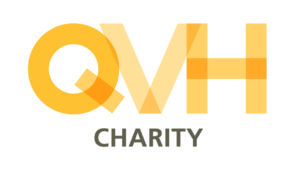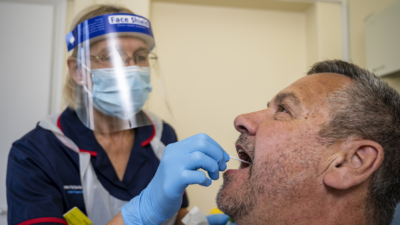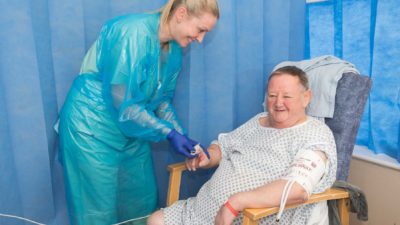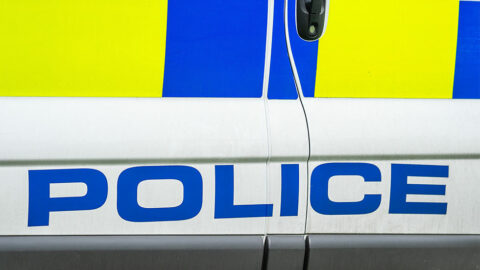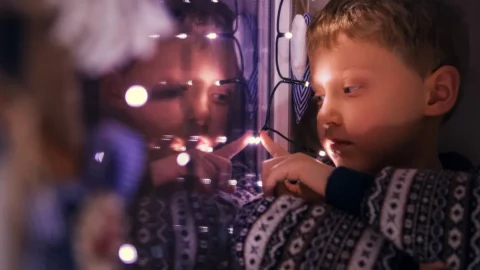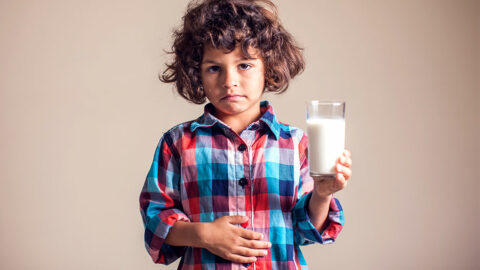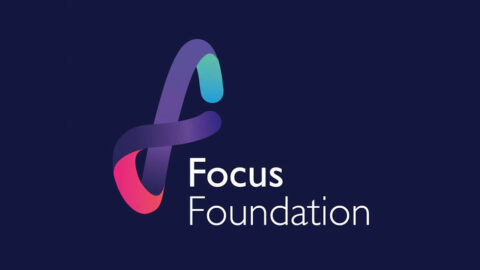Experts Warn Home Is Where the Harm Is
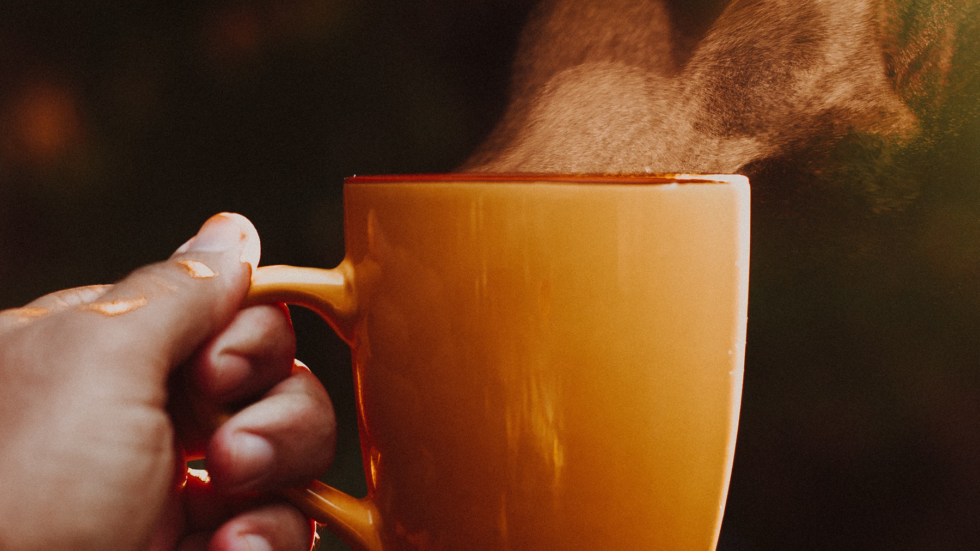
Burns specialists at Queen Victoria Hospital are asking people to take care at home as it remains the most commonplace of burns injury for children and older people. Whilst tea and coffee scalds remain the biggest cause of referrals to its specialist burns services, contact burns caused by hobs, radiators and hot water bottles are on the rise.
To coincide with this year’s national burns awareness day (14 October), the hospital’s experts want to remind people of the importance of prevention but also seeking medical help if needed. Many of the injuries the team see are potentially preventable but with a lifelong impact. With people increasing the amount of time they are spending at home this year because of the pandemic, it is more important than ever to be aware.
In the last year, almost 48% of all referrals to Queen Victoria Hospital’s paediatric unit from across Sussex, Surrey and Kent were scald injuries caused by tea and coffee. However, it’s adult burns unit saw a 36 per cent increase in scald injuries in the same period in patients aged over 65, compared to the year before.
In both age categories, contact burns are on the rise, having become the second largest cause of burns. For children, electric hobs were the main factor, followed by hair straighteners, central heating pipes/radiators, irons, and BBQs. Again the greatest increase in referrals for contact burns was patients over 65 years old, up around 50 per cent on the year before. In this age category radiator burns were the main cause.
Nora Nugent, consultant plastic surgeon and burns lead at Queen Victoria Hospital, said: “A burn injury is for life so prevention and good first aid are crucial in reducing the number of burns and scalds that occur each year. The scars these injuries leave are psychological as well as physical and can present life-long challenges for the individual and also their family. If the unthinkable does happen, remember the mantra ‘cool, call and cover’. This immediate first aid can help make all the difference.”
The hospital is supporting the British Burns Association’s ‘cool, call and cover’ first aid guidance:
- Cool the burn with running cool tap water for 20 minutes and remove all clothing and any jewellery
- Call for help – 999, 111 or your local GP for advice
- Cover with cling film while transferring to a hospital/GP surgery. The hospital/GP should apply a sterile dressing. Cling film should not be left on a burn for more than a few hours and only until wounds are assessed by health professionals.
More news from QVH Charity
For more information please contact the QVH Press Office at qvh.communications@nhs.net
Visit QVH's website here or visit their Facebook and Instagram.

